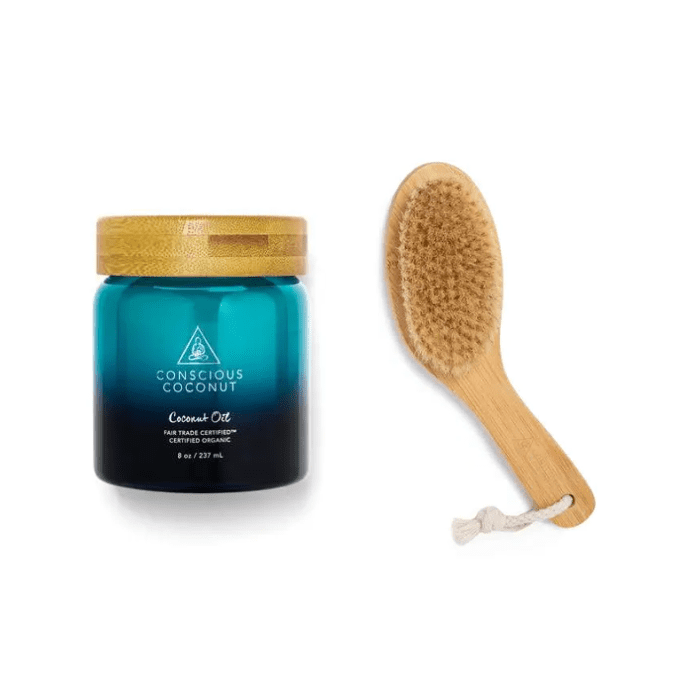What are the Common Types of Breast Reconstruction Surgery?


Implants can be artificial or made from a flap of tissue taken from elsewhere in the body (autologous).
Artificial implant. An implant made of either saline or silicon is inserted either underneath or on top of the pectoral chest muscles. The advantages to artificial implants are that they generally require a shorter recovery time and fewer surgical procedures, as there is no need for concurrent surgery at a donor site. The disadvantages to this type of reconstruction are that with time the implant might need replacing; most have a lifespan of between 10 and 20 years. There is also a risk of deflation, rupture and contracture of the implant.
Autologous reconstruction. A ‘flap’ of tissue is taken from elsewhere in the body, formed into the shape of a breast and used to manufacture an implant. The tissue taken is skin, fat or muscle and it is most often taken from the abdomen, the back, the buttocks or the inner thigh. Autologous reconstruction can be delayed or immediate. Advantages to this technique include a more natural looking result, with no risk of implant rupture. The disadvantages include more extensive surgery and a longer recovery time; as well as multiple surgical sites. Women who undergo this procedure risk experiencing complications, such as hernias and muscle damage, at the donor site.
Combination. Sometimes tissue flap procedures are used in combination with an implant. For example, when a latissimus dorsi flap is taken from the tissue of the back, it is often used alongside an artificial implant to enhance the overall appearance of the reconstructed breast.
After the surgery, try Nabta’s post surgery pack.












































